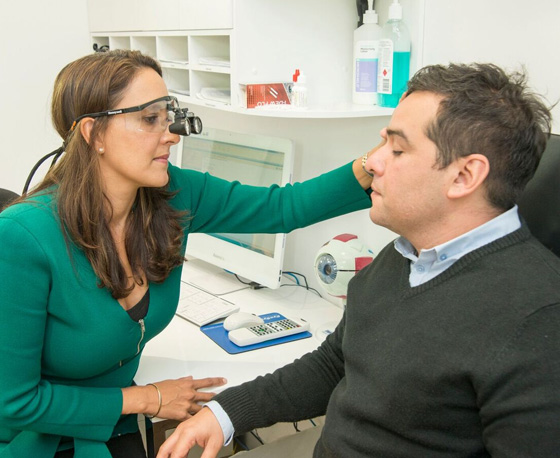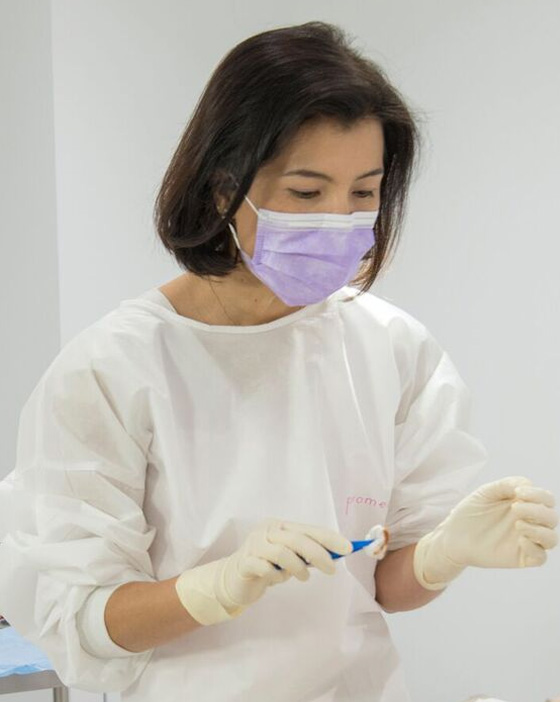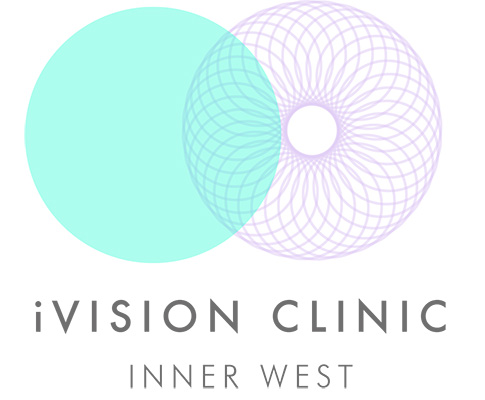Eyelid surgery (or blepharoplasty) aims to improve the appearance of your eye area. It can also improve you vision if it’s affected by drooping eyelids.
Surgery may be done on the upper eyelids, lower eyelids or both.


Who is eyelid surgery suitable for?
You may consider eyelid surgery if you have:
- Upper eyelid skin that drapes down and blocks your vision
- Lower eyelid skin that droops and shows the white at the bottom of the eye
- Loose or sagging skin that forms folds and alters the shape of your upper eyelid
- Puffiness of the eyelids due to excess fatty deposits
- Bags under your eyes
- Extra lower eyelid skin that wrinkles
Eyelid surgery cannot remove dark circles, lift sagging eyebrows or get rid of crow’s feet.
Your specialist eye surgeon can talk to you about whether eyelid surgery can achieve what you want and any risks involved.
Your surgeon will also let you know whether you need one or two separate operations as upper eyelid surgery is often carried out separately from lower eyelid surgery.
What happens during eyelid surgery?
Eyelid surgery may be performed under local anaesthetic and sedation, or under general anaesthetic. Your surgeon will advise you on which is best for you well in advance of the surgery.
The procedure will be different for each case. But in general, your eye surgeon will attempt to hide all incisions within the natural skin folds and creases. Surgical tape or tissue glue are often used to close wounds (instead of sutures).
You may also have dressings placed over the eye.
What happens after eyelid surgery?
You can expect some mild discomfort, swelling and bruising around the eyes soon after surgery. The eyelids are very delicate and do bruise easily. The soreness and swelling can last a few weeks. Cool compresses can help.
You may also experience numbness around the eyes and sensitivity to light. Your eyes may be watery or dry. Cool compresses can relieve sensations of dryness.
Your surgeon will give you specific instructions for when you go home, but generally you should:
- Avoid trauma to the eyes (don’t rub or scratch at them)
- Protect your eyes from sunlight until the healing process is complete
- Report any bleeding, severe pain or unexpected symptoms to your surgeon
Your final results will appear when all the swelling has resolved. This takes several weeks. It may take up to a year for the incision lines to heal completely and start to fade.

